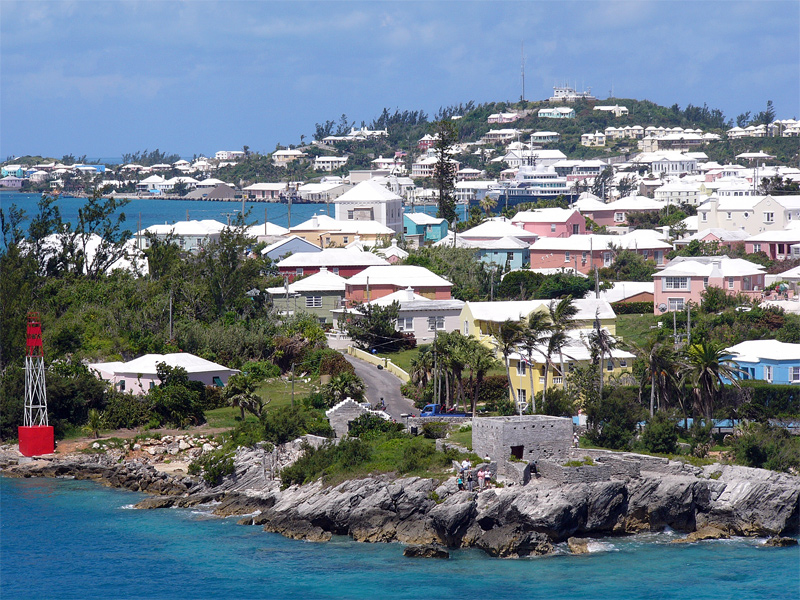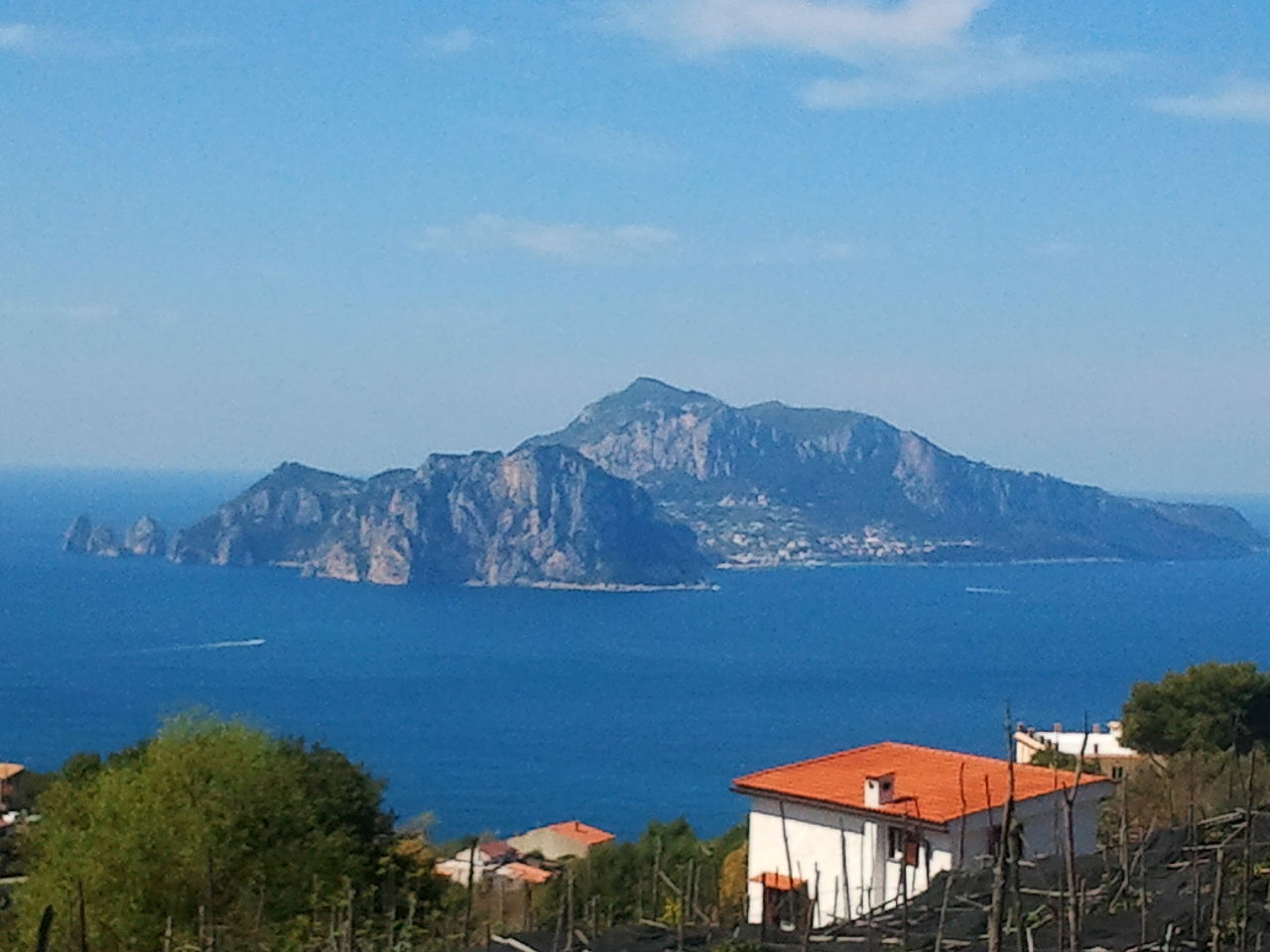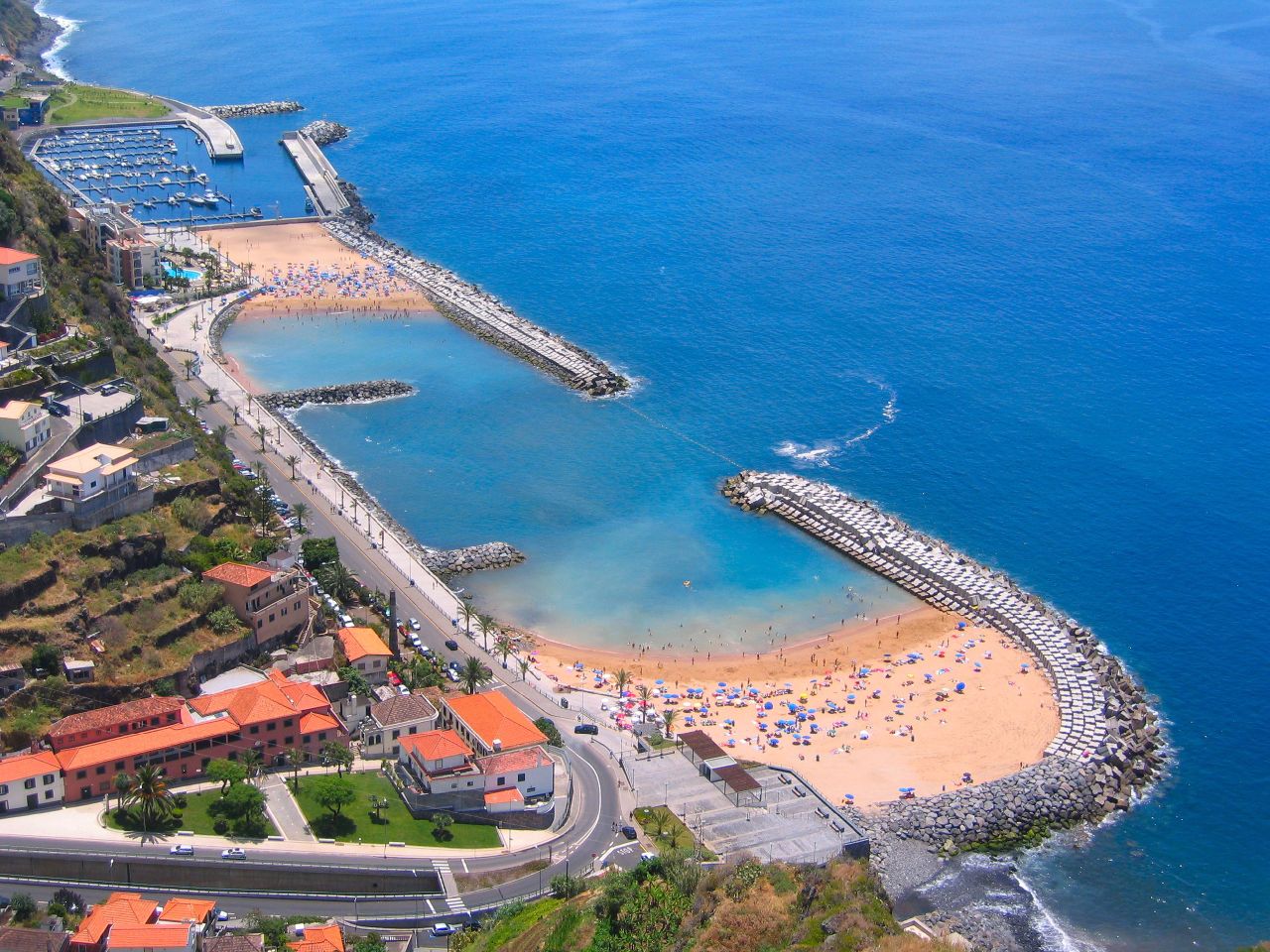David Wilson
Contributor
Thanks for the likes, Angelo and Bigbella, and for the post, Pete.
 Today's first Nemrod early diving mask is the Ifach, which may be named after the "Peñón de Ifach" (above right with beach), a massive limestone outcrop emerging from the sea in Calp nature park in the Spanish province of Alicante. Linked to the shore by rock debris, it is home to numerous rare plants, including a number of endemic species, and over 300 species of animals. It is also a nesting site for sea bird colonies.
Today's first Nemrod early diving mask is the Ifach, which may be named after the "Peñón de Ifach" (above right with beach), a massive limestone outcrop emerging from the sea in Calp nature park in the Spanish province of Alicante. Linked to the shore by rock debris, it is home to numerous rare plants, including a number of endemic species, and over 300 species of animals. It is also a nesting site for sea bird colonies.
Here is the Nemrod Ifach dive mask from the 1950s:
 Spanish: "Mod. 2117 - Lentes ASTERIA modelo IFACH. De gran ángulo de visiôn pr su inclinaciôn sobre la frente y su gran cristal circular, provisto de aro metálico de seguridad. Montura de plástico".
Spanish: "Mod. 2117 - Lentes ASTERIA modelo IFACH. De gran ángulo de visiôn pr su inclinaciôn sobre la frente y su gran cristal circular, provisto de aro metálico de seguridad. Montura de plástico".
Rough translation: "Model 2117 - ASTERIA IFACH model mask. With a wide angle of vision due to its inclination on the forehead and its large circular lens, supplied with a metal security rim. Plastic body".
And here is the Nemrod Ifach from 1961:
 Spanish: "PS/217.-IFACH.-Con montura de material plástico muy blando y flexible que permite perfecta adaptación. Va montado con aro metálico de seguridad y gran cristal de forma circular. Muy indicada para turismo submarino".
Spanish: "PS/217.-IFACH.-Con montura de material plástico muy blando y flexible que permite perfecta adaptación. Va montado con aro metálico de seguridad y gran cristal de forma circular. Muy indicada para turismo submarino".
Rough translation: "PS/217.-IFACH.-With very soft and flexible plastic body enabling perfect fit. It is supplied with a metal security rim and a large circular lens. Very suitable for underwater tourism".
So another dive mask made of soft plastic and fitted with a metal rim around its circular lens.

Here is the Nemrod Ifach dive mask from the 1950s:
Rough translation: "Model 2117 - ASTERIA IFACH model mask. With a wide angle of vision due to its inclination on the forehead and its large circular lens, supplied with a metal security rim. Plastic body".
And here is the Nemrod Ifach from 1961:
Rough translation: "PS/217.-IFACH.-With very soft and flexible plastic body enabling perfect fit. It is supplied with a metal security rim and a large circular lens. Very suitable for underwater tourism".
So another dive mask made of soft plastic and fitted with a metal rim around its circular lens.










